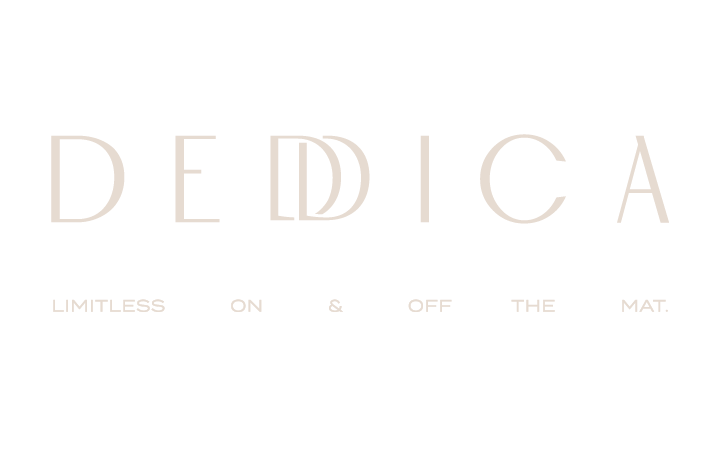Five Underrated Modifications
Yoga is for everyone, no matter where you are in your practice. Yet, so many of us feel like using props or modifying poses is a sign of weakness or a step backward. In reality, modifications and props are powerful tools that can deepen your practice, enhance your alignment, and prevent injuries. Even the most experienced yogis can benefit from making small adjustments to familiar postures. Let’s dive into five of the most underrated yoga modifications—and why they deserve a place in your practice.
Using Blocks in Forward Fold (Uttanasana) to Protect Your Spine
Why It’s Underrated:
Many practitioners push themselves to touch the floor in Forward Fold, even if their hamstrings aren’t ready for it. This can lead to rounding of the spine and unnecessary strain on the lower back.
The Modification:
Place yoga blocks under your hands to elevate the floor and reduce strain on your hamstrings and spine. This allows you to focus on lengthening the spine and hinging at the hips, creating a deeper, safer stretch.
By using blocks, you reduce the risk of overstretching, maintain spinal alignment, and allow yourself to progress gently. This helps build flexibility without compromising safety.
Supporting Pigeon Pose (Eka Pada Rajakapotasana) with a Block
Why It’s Underrated:
Pigeon Pose is an incredible hip opener, but if your hips are tight, this pose can feel uncomfortable or lead to misalignment. Without proper support, your hips may tilt or twist, which can put strain on your knees and lower back.
The Modification:
Place a block under the hip of your front leg to level your pelvis. This modification keeps your hips square and helps you deepen the stretch in the hip flexors without compromising alignment.
Using a block in Pigeon Pose not only provides more comfort but also allows you to hold the pose longer, making it more effective in releasing tension from the hips.
Using a Strap in Seated Forward Fold (Paschimottanasana) for a Deeper Stretch
Why It’s Underrated:
It’s common to force the body into a Forward Fold by grabbing the feet and pulling, which often leads to a rounded spine and tension in the shoulders. This diminishes the benefits of the pose.
The Modification:
Wrap a yoga strap around your feet and hold onto the strap with both hands. Use the strap to maintain a straight spine and deepen the fold without straining your shoulders or rounding your back.
Using a strap helps you create space in your lower back and lengthen your spine. This allows for a more effective stretch in the hamstrings while protecting the spine and improving posture.
Using a Wall for Handstand (Adho Mukha Vrksasana) Prep
Why It’s Underrated:
Handstands are exciting but can feel intimidating for many yogis. Without proper preparation, handstands can lead to falls or poor alignment, especially when your core isn’t fully engaged.
The Modification:
Instead of trying to kick up into a free-standing Handstand, practice at the wall. Place your hands shoulder-width apart a few inches from the wall and practice kicking up with control, using the wall for support. This helps you focus on engaging your core and aligning your shoulders and hips without the fear of falling.
Over time, you’ll develop the stability needed for a free-standing handstand, but using the wall helps you progress safely and with control.
Adding a Blanket Under the Knees in Low Lunge (Anjaneyasana)
Why It’s Underrated:
Low Lunge is a fantastic stretch for the hip flexors and quads, but if you have sensitive knees, this pose can be uncomfortable, which distracts from the stretch and alignment.
The Modification:
Place a folded blanket under your back knee to cushion the joint. This simple modification reduces pressure on the knee, allowing you to focus on opening your hips and lengthening your spine.
With the pressure off your knee, you can concentrate on proper alignment and deeper hip opening. This modification helps you stay in the pose longer and relax into the stretch, making it more effective.
Modifications Are for Every Yogi
Using props or modifications in yoga doesn’t mean you’re not progressing—it’s quite the opposite. These small adjustments allow you to deepen your practice safely, improve your alignment, and reduce the risk of injury. Whether you’re a beginner or an experienced yogi, embracing these underrated modifications can elevate your practice, helping you build strength, flexibility, and confidence on the mat.
So next time you practice, don’t hesitate to reach for that block, strap, or blanket. Your body will thank you for it!
